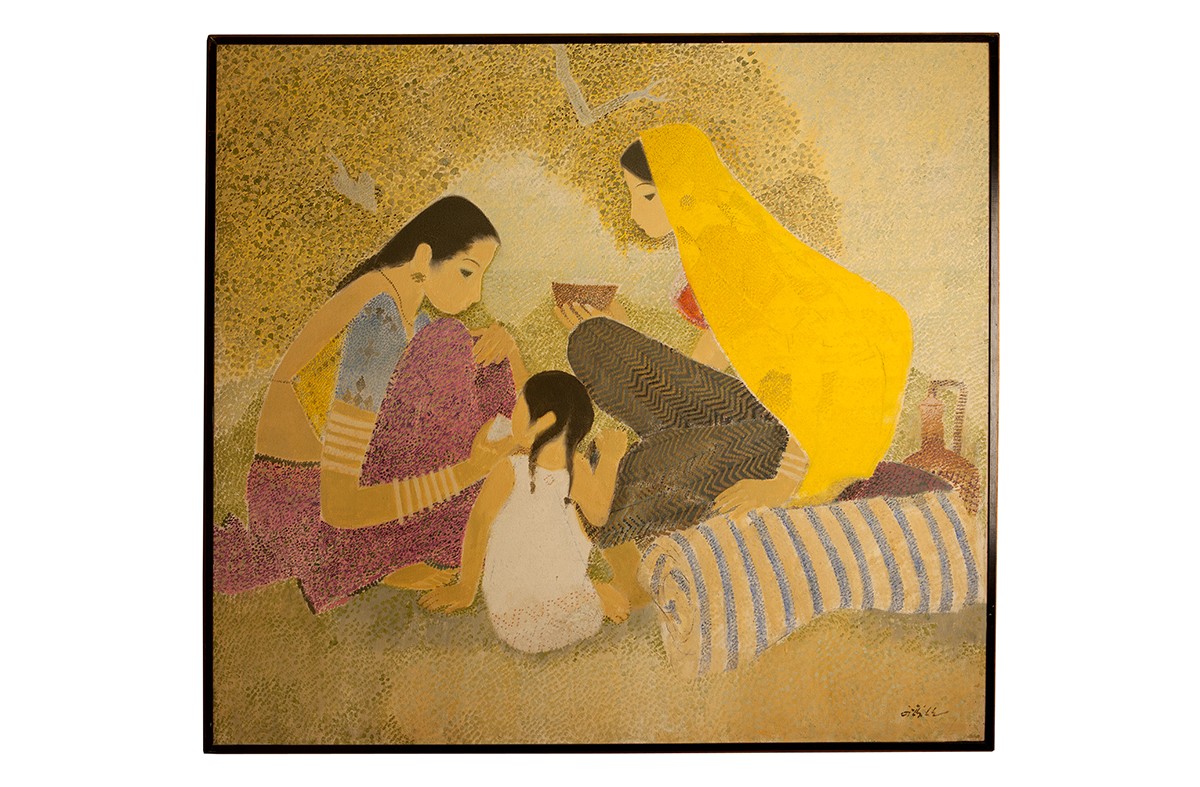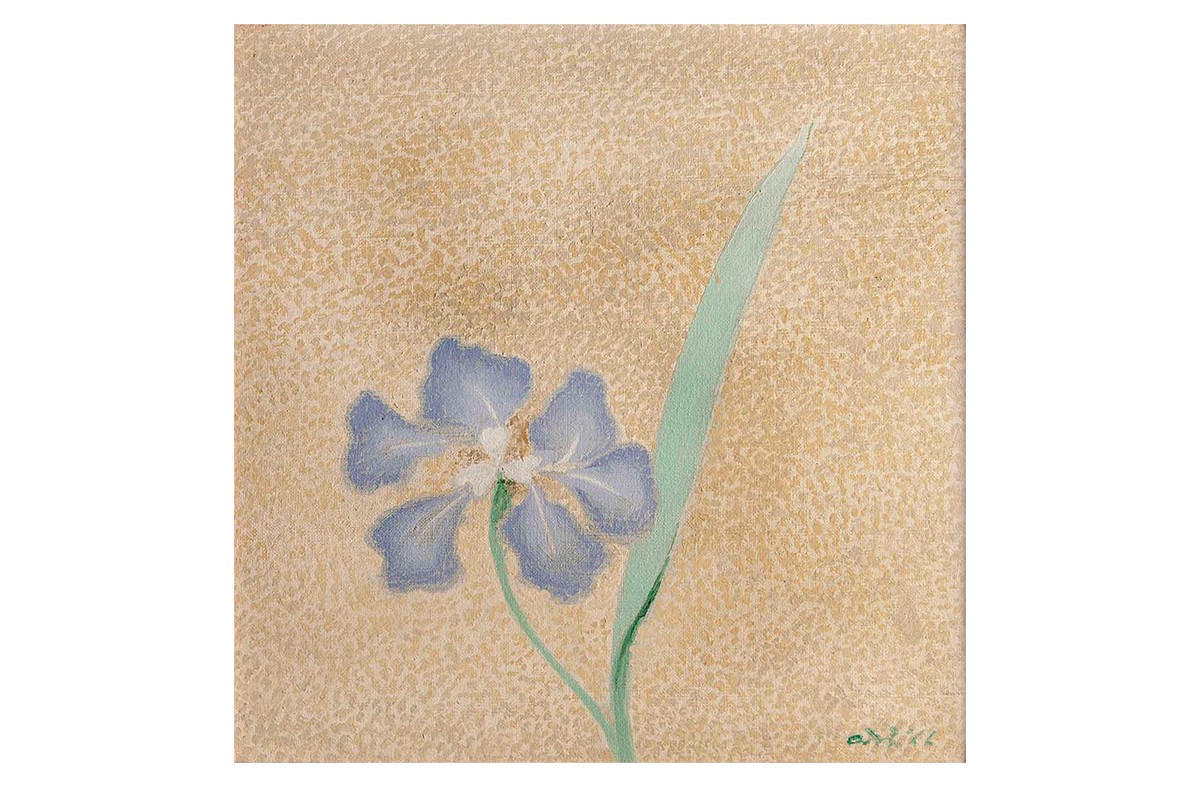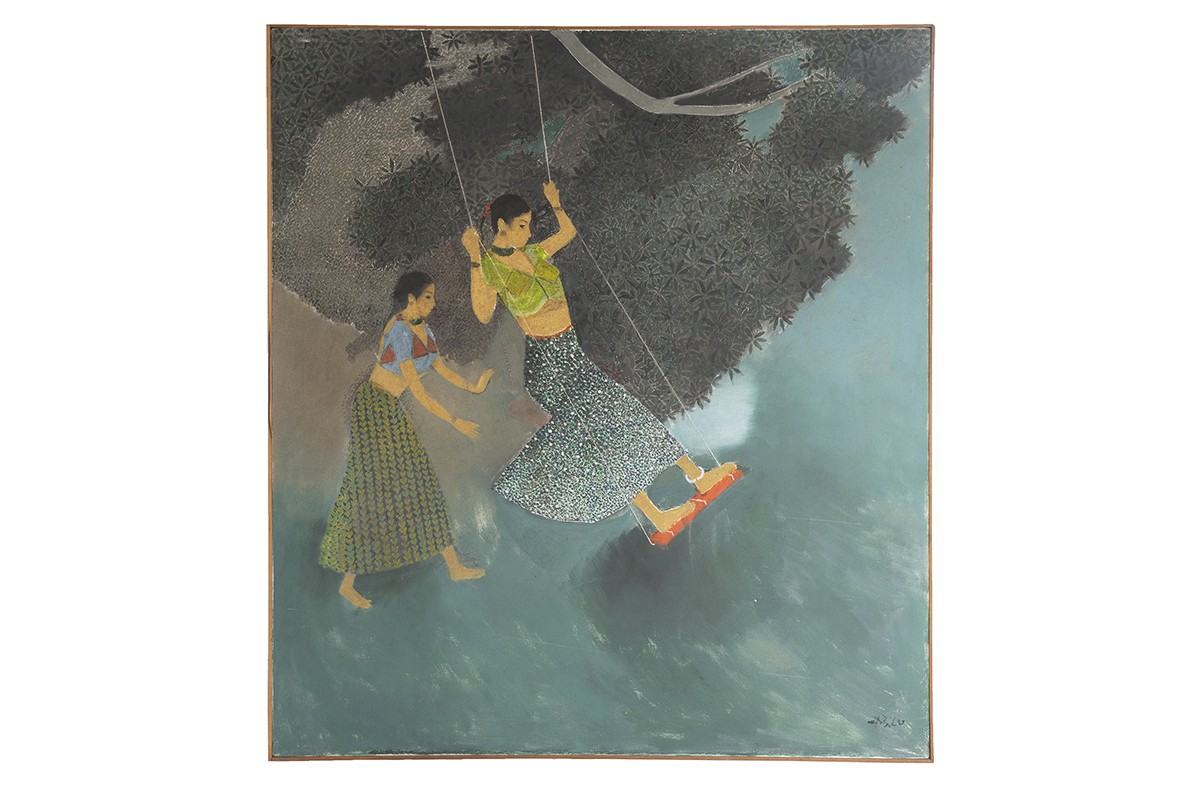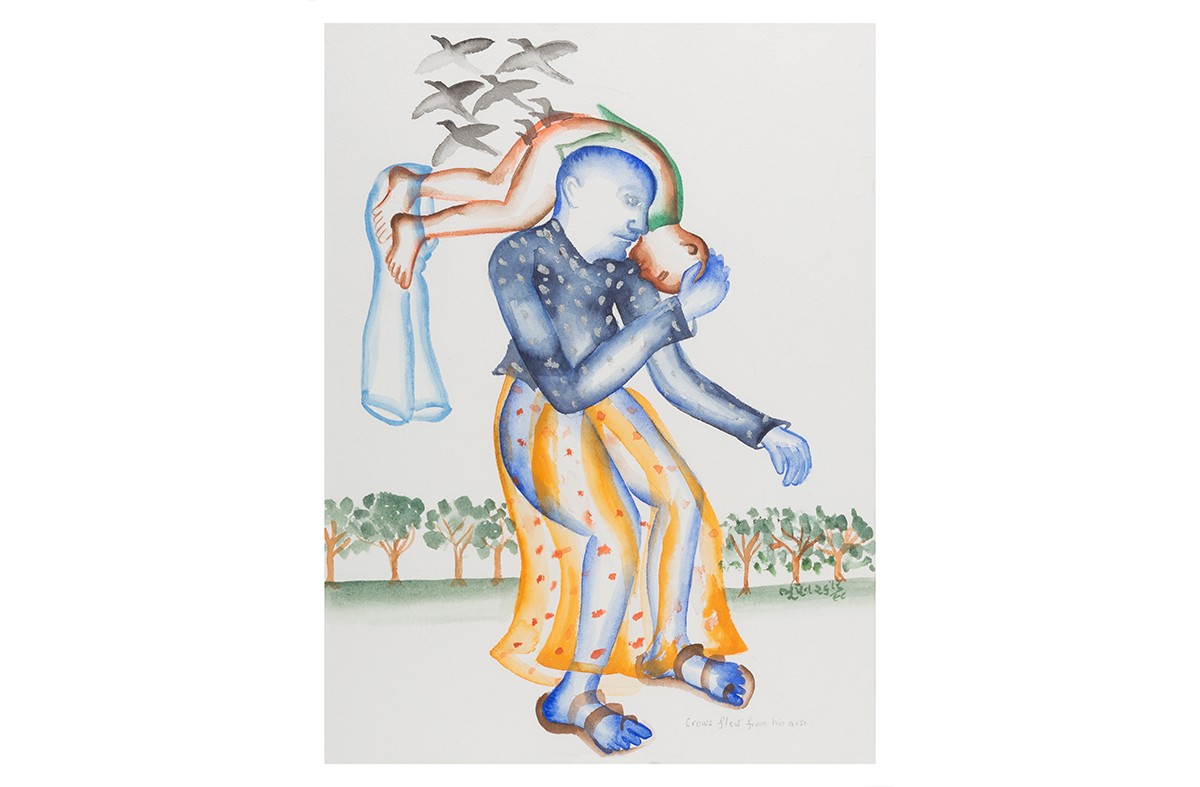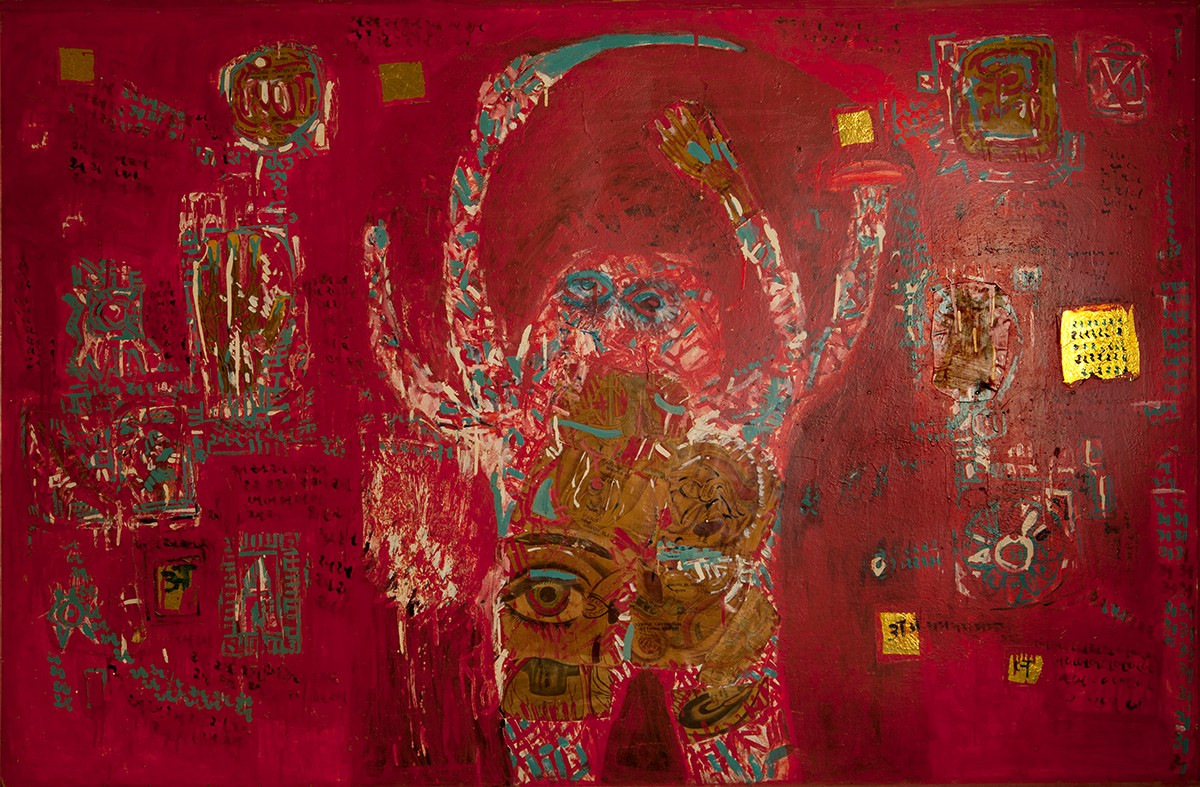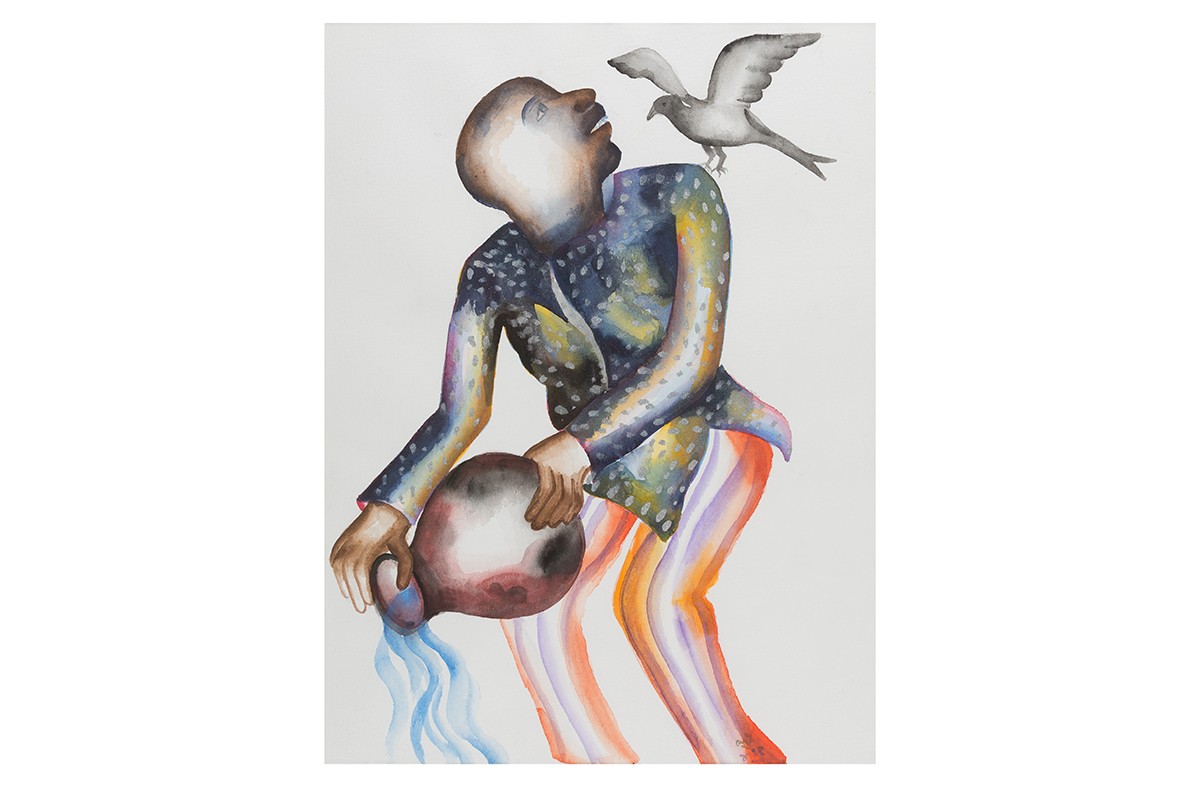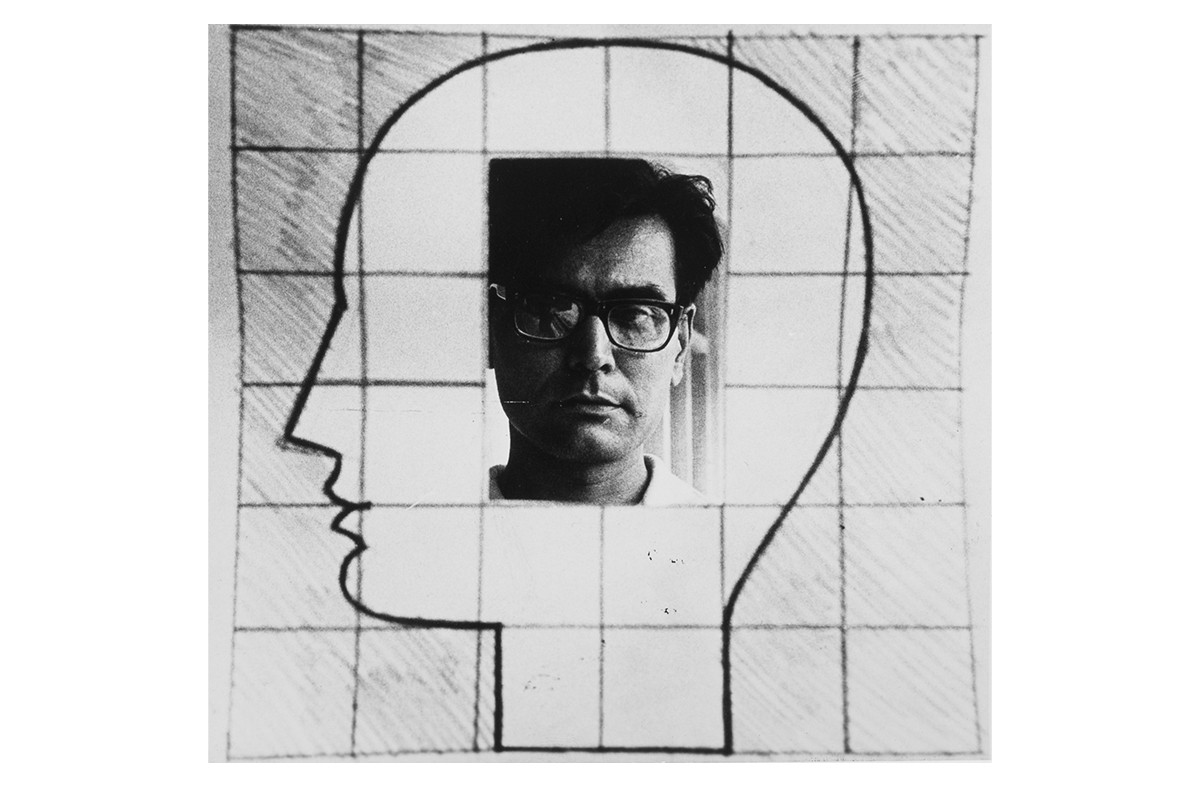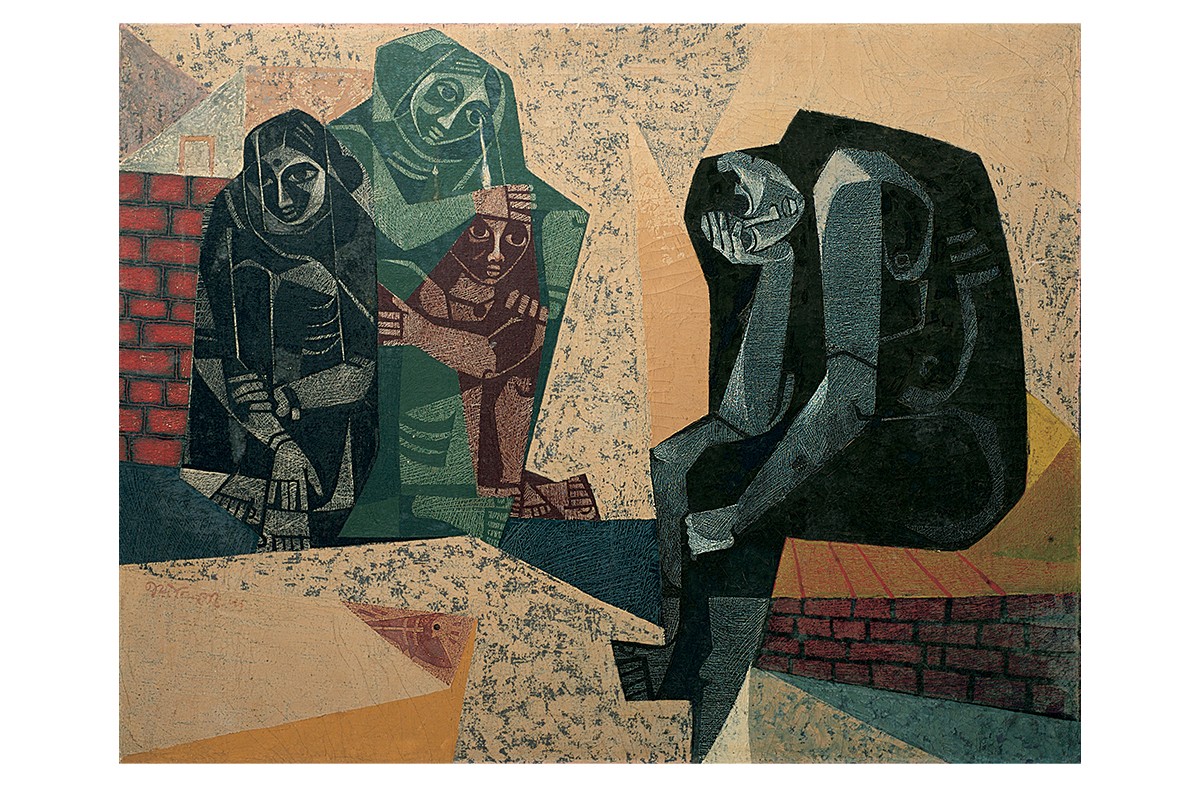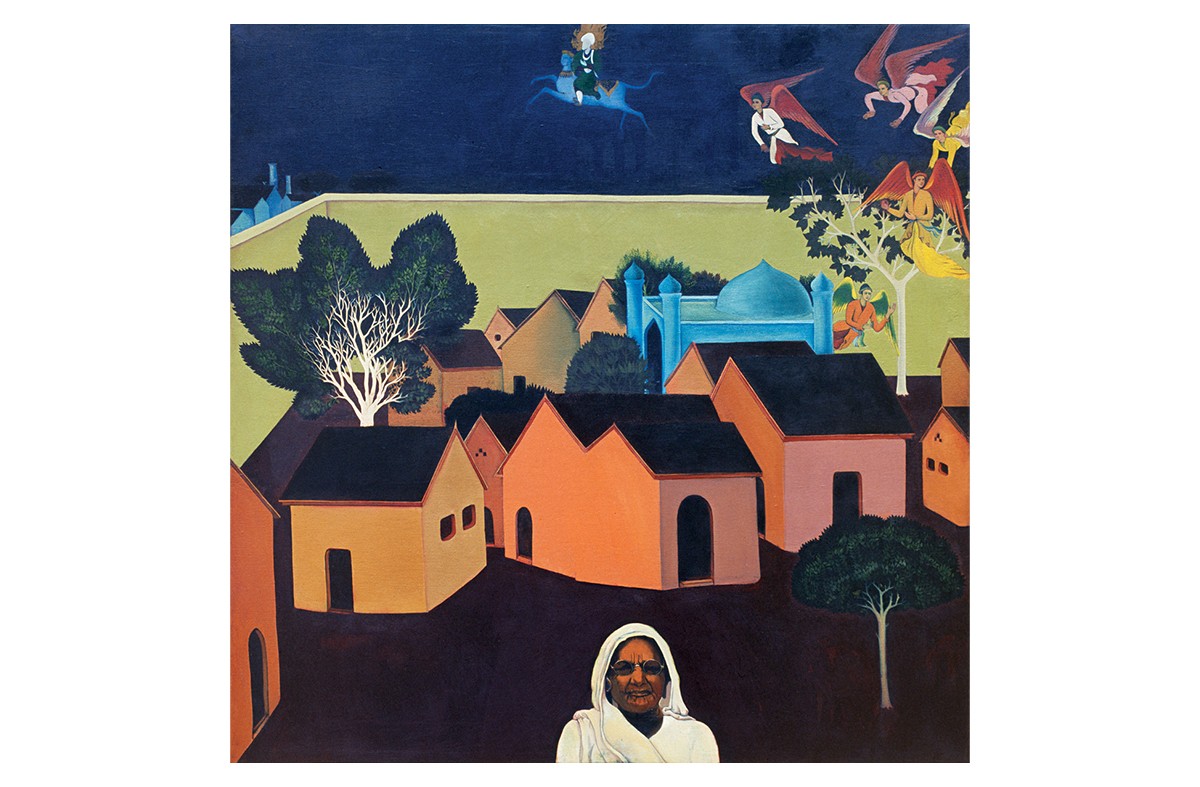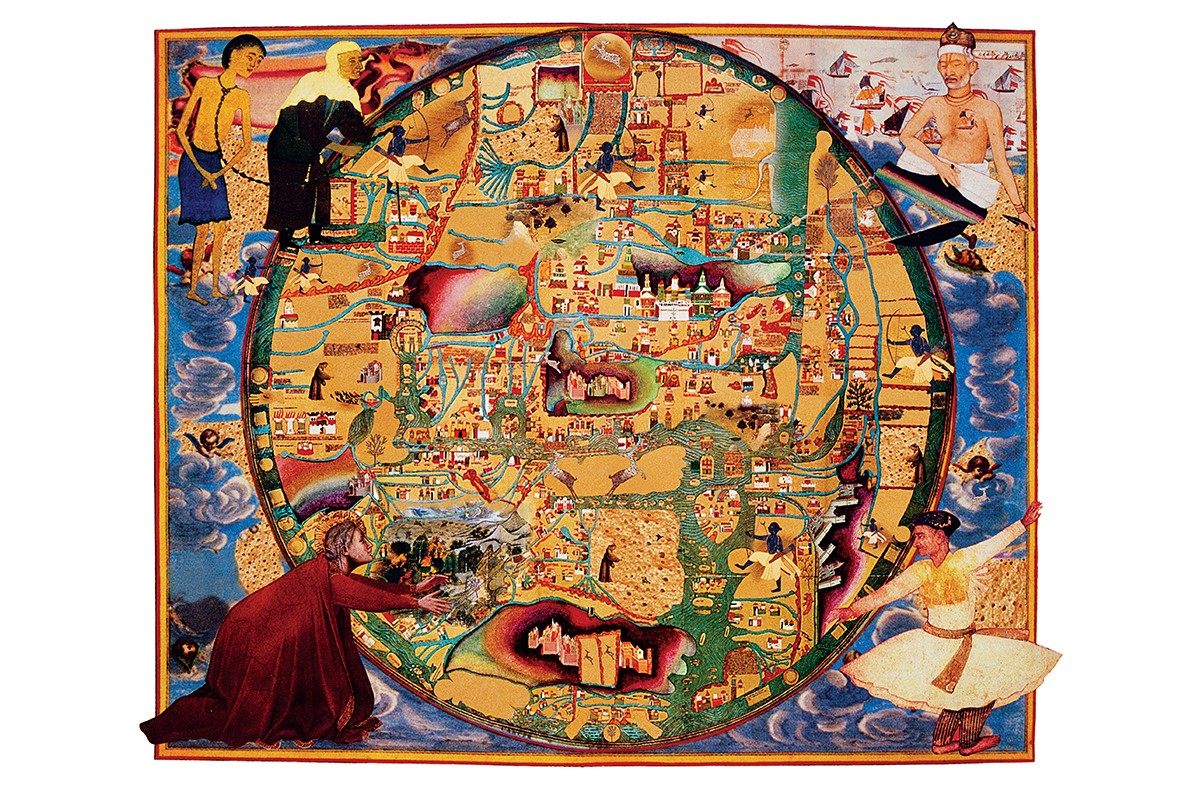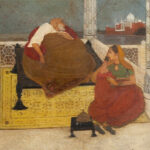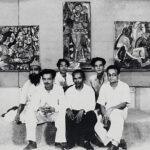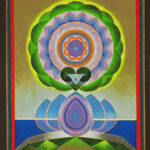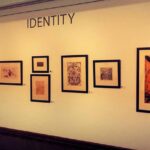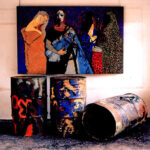The Baroda Group Is Formed
1956–2000
Artist NS Bendre founds the Baroda Group, comprising artists associated with the Faculty of Fine Arts at the Maharaja Sayajirao University, Baroda (present-day Vadodara, India). The group moves away from the Revivalist inclinations of previous movements such as the Bengal School, as well as the Academic Realism practised by European schools. Developing simultaneously with Postmodernism in Western art, the Baroda artists are located at the crossroads of tradition and contemporaneity. The group flourishes in a multicultural, secular space where art is not restricted to the studio or the curriculum, and the artists develop their skills and artistic language through sketching from life as well as experimenting with the stylistic aspects of movements such as Cubism and Abstraction, Pop Art and Bauhaus.
Bibliography
Kapur, Geeta. When Was Modernism: Essays on Contemporary Cultural Practice in India. New Delhi: Tulika, 2000.
Roberts-Komireddi, Cleo. Indian Art: The Legacies of the Baroda School. Art UK, 28 April 2020. Accessed October 18, 2023.
https://artuk.org/discover/stories/indian-art-the-legacies-of-the-baroda-school.
Sheikh, Gulammohammed. Contemporary Art in Baroda. New Delhi: Tulika Books, 1997.
Wyma, Kathleen Lynne. “The Discourse and Practice of Radicalism in Contemporary Indian Art 1960–1990.” PhD thesis. University of British Columbia, 2007. https://open.library.ubc.ca/cIRcle/collections/ubctheses/24/items/1.0055986.
Feedback 
This entry appears in
Art in South Asia
Visit Timeline
Associated Timeline Events
First Published: March 11, 2024
Last Updated: August 6, 2024



